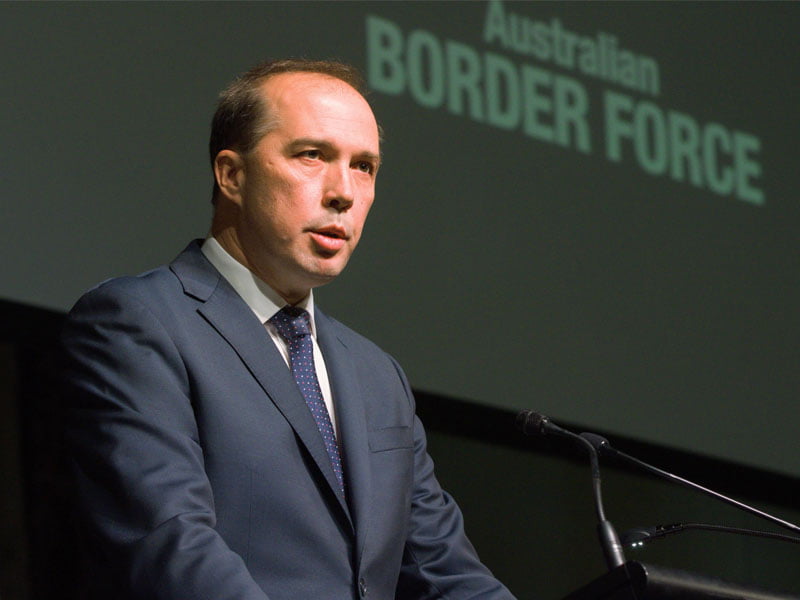The creation of a new digital division within the department of Immigration and Border Protection and the appointment of a Chief Digital Officer is the model that other Commonwealth agencies will follow.
Of course, it didn’t simply call the new division ‘digital,’ and Phil Thurbon did not get the CDO title (although perfectly describes the role.)
This being the public service, Mr Thurbon was made a First Assistant Secretary of the newly-created Digital Transformation and Channels Division. But he is a chief digital officer in practice, if not in title.

Immigration got on board the Commonwealth’s digital transformation agenda early and enthusiastically.
When Malcolm Turnbull announced the creation of the Digital Transformation Office in January last year, Immigration had set-up its own taskforce within a couple of months.
Mr Thurbon says the department has worked closely with the interim DTO, and had offered up a number of potential exemplar projects even before the arrival of DTO chief executive Paul Shetler last July.
The creation of a digital division in January was a logical next step, and follows a pattern in which the traditional role of the public sector CIO’s has been carved up where governments have put in place advanced digital practiced.
In this model, the CIO retains responsibility for line of business applications, the CTO manages the platform (the boxes, networks and operating systems), while the customer-facing digital stuff is handled by the chief digital officer. And finally, in this model, the standard ERP platforms – the HR, financials and the like – are outsourced.
This is the public service model has taken hold in the UK, and it is the model become entrenched across the APS in Australia too.
“We got in early (on digital transformation). We’ve not wanted to be bleeding edge, but I would certainly call us fast followers,” Mr Thurbon told InnovationAus.com. The new structure is a part of that change.
“The secretary and the Border Force commissioner looked very had at what this division would do, and they made it very clear from the start that it is a business-led transformation (not technology-led,)” he said.
“So there are very few technologists in the make-up of our division, but the partnership with our technology colleagues is critical to our success.”
Mr Thurbon says the functionality of the two exemplar projects being run with the DTO were “baby steps” in the scheme of things that the department works on. The exemplars run a mix of DTO people, contractors, outside consultants and Immigration staff.
“We have to be careful. We don’t want the number of DTO staff or outside consultants over represented on the project, because the whole point of the exemplar is the development of internal capability,” he said.
“So that’s our challenge. We need to understand where the internal capability is right now.”
The citizenship exemplar brings together a team of ICT people from the CIO’s division, some people from the business line (that is, from citizenship) and people from Mr Thurbon’s new digital division. These are joined by DTO staff and its outside consultants.
Mr Thurbon said the final draft of Immigration’s Digital Transformation Plan is largely complete and is expected to be signed off in March. The plan, which must be developed all Commonwealth departments and agencies, outlines all transactions with annual volumes of more than 50,000 and sets out a strategy for serving them via digital platforms.
Immigration and Border Protection is a critical to the Prime Minister’s goal to underpin the economy with vastly improved digital services. While its transaction volumes don’t reach the scale of the ATO or Human Services, they help to service critical parts of the economy.
If you look at the Immigration systems that support tourism, international education and skills shortages, you can see how better, faster, cheaper digital services would deliver economic benefit. Add to this the huge numbers of trade-related transactions through Border Force, and the department’s role across the economy is plain.
Do you know more? Contact James Riley via Email.

